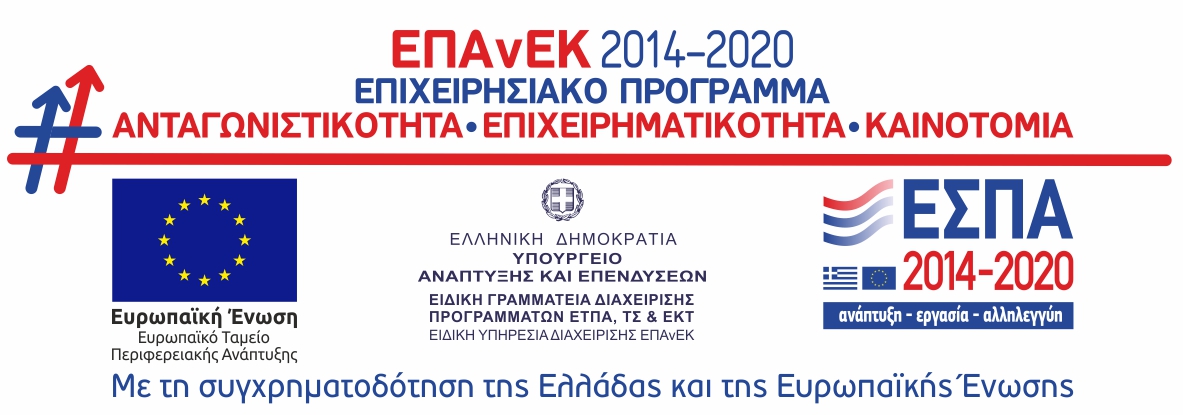ANSWER: Personal Connectors is an in-class writing activity designed to provide learners with a number of compound and complex sentences, which they can refer to when they practice essay writing in class or at home. Connectors, which are difficult for many learners to use and learn, need to be associated with the individual learner's real experiences to make sense to them and to be remembered.
PREPARATION: To begin with, you will use only a selection of the connectors listed in most coursebooks and grammar books. Avoid overwhelming your learners with a comprehensive list of coordinating conjunctions, logical connectors and conjunctive adverbials. Choose 5-7 words which are used to show how ideas in a sentence are connected. You and your learners will ‘personalize’ their use to make them more memorable than they might be in a completed sentence-writing exercise from the book.
In addition to selecting the connectors before class, you can prepare questions for each of the connectors. These questions can guide your learners to write original sentences about themselves, their friends, family, everyday activities or past, present or future experiences or events of their lives.
To provide you with examples, we have selected the following connectors: because, due to (because of), although, despite the fact that, while (as), so/such …that
Example 1. Learners will connect two ideas in one sentence with BECAUSE. T’s questions: Why are you here? Why have you registered for this class? I've registered for this class because I want to learn English.
(Optional: Ask that they rephrase their sentences using AS and omitting BECAUSE: As I want to learn English, I've registered for this class.)
Example 2. Learners will connect two ideas in one sentence with DUE TO.
T’s questions: Think of a time you were late for an appointment. Think of the reason why. Did a traffic jam, the rain or a strike cause the delay? I was late for my dentist’s appointment last Wednesday due to heavy traffic.
(Optional: A second version with a synonymous connector, BECAUSE OF: I was late for class last week because of heavy traffic.)
Example 3. Learners will connect two ideas in one sentence with ALTHOUGH.
T’s Questions: Think of something that you appreciate or went well for you in general. (Learner’s response: I have a wonderful girlfriend.) Think of one thing within that situation that went wrong or could be improved. (She’s sometimes selfish.) I have a wonderful girlfriend, although she’s sometimes selfish.
Example 4. Learners will connect two ideas in one sentence with DESPITE THE FACT THAT.
T’s Questions: You thought, you were sure, that something was going to happen in a certain way because of certain reasons, but it didn’t.
I enjoyed the party despite the fact that my girlfriend didn’t come.
Example 5. Learners will connect two ideas in one sentence with WHILE.
T’s Questions: Think of an accident you’ve witnessed (or imagine one). Who did you see? What was s/he doing when you saw her/him?
While my mother was making a left turn, a motorcycle ran into her car.
(Optional: A second version with a synonymous connector, AS: As my mother was making a left turn, a motorcycle ran into her car.)
Example 6. Learners will connect two ideas in one sentence with SO/SUCH (A)…THAT. T’s Questions: Think of an intense situation or problem. (Student’s response: I had a very bad sore throat.) What was the result that situation or problem caused? ( I couldn’t speak.) I had such a sore throat that I couldn’t speak.
POSSIBLE PROCEDURES AND EXTENSIONS: These original sentences can be kept separately or in a special notebook for the learner’s reference. Systematically--fortnightly or monthly--additional connectors can be presented with their accompanying questions. Learners can write ‘personal’ sentences using them and add these sentences to their Personal Connector Pages/Notebook.
Personal Connectors can be done as a pairwork in-class writing activity, so long as both partners record their sentences in their individual notebooks.
An extended homework assignment could be for learners to search the Web for two sentences using the same connectors and share them in class.

